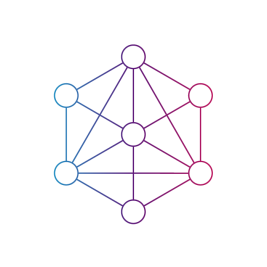
Creating highly-relevant, data-driven customer journeys
Challenges
The customer communication was characterized by a lack of synchronized activities. There was no orchestration between the business units. Moreover, a low content and timing relevance was an issue,characterizedby an one-size-fits-all approach with batch-driven bulk messaging. Manual campaign selection and limited channels with activities based on basic CRM data made it difficult to address prospects and customers looking for a new car with relevant offers at the right time.
Our project aimed to provide data-driven, customer-centric communication based on a 360° customer view by using software that combines all relevant components: analytics, campaigns and reports.
Approach in detail
Data integration and engineering of a solution platform
We defined and created a 360° customer-centric data model and connected the data from a big number of source systems. To improve data quality and to assure accuracy we analyzed, specified all user requirements and implemented the database and applications, establishing higher data standards and improving database performance.
Customer insights and analytics
To deliver statistical analysis based on a holistic customer view we had to aggregate and to pre-process the data. We defined and implemented many customer attributes & KPIs. Based on that we created and deployed different predictive models to gain a better understanding of the customer, including a "Lead Quality Model" and a "Vehicle of Interest Model". The models with the highest quality were rolled out to suit different markets.
Campaign planning and evaluation
To create the most relevant, target group specific campaigns, including next best action & offers we defined many selection criteria and trigger points. For the implementation of the program logic we used ETL tools and for the campaign evaluation we set up standardized reports & dashboards. Continuous A/B testing is the basis to improve the campaign results and KPIs.
Created impact
The use of different statistical models enabled data-driven decisions and automation of campaigning as well as customer-centric steering of communication.
360°
customer view based on data integration and analytics
Placing relevant offers
in each target group’s preferred channels based on statistical models like vehicle of interest or lead quality
Set up
of automized campaign execution and regular performance monitoring










